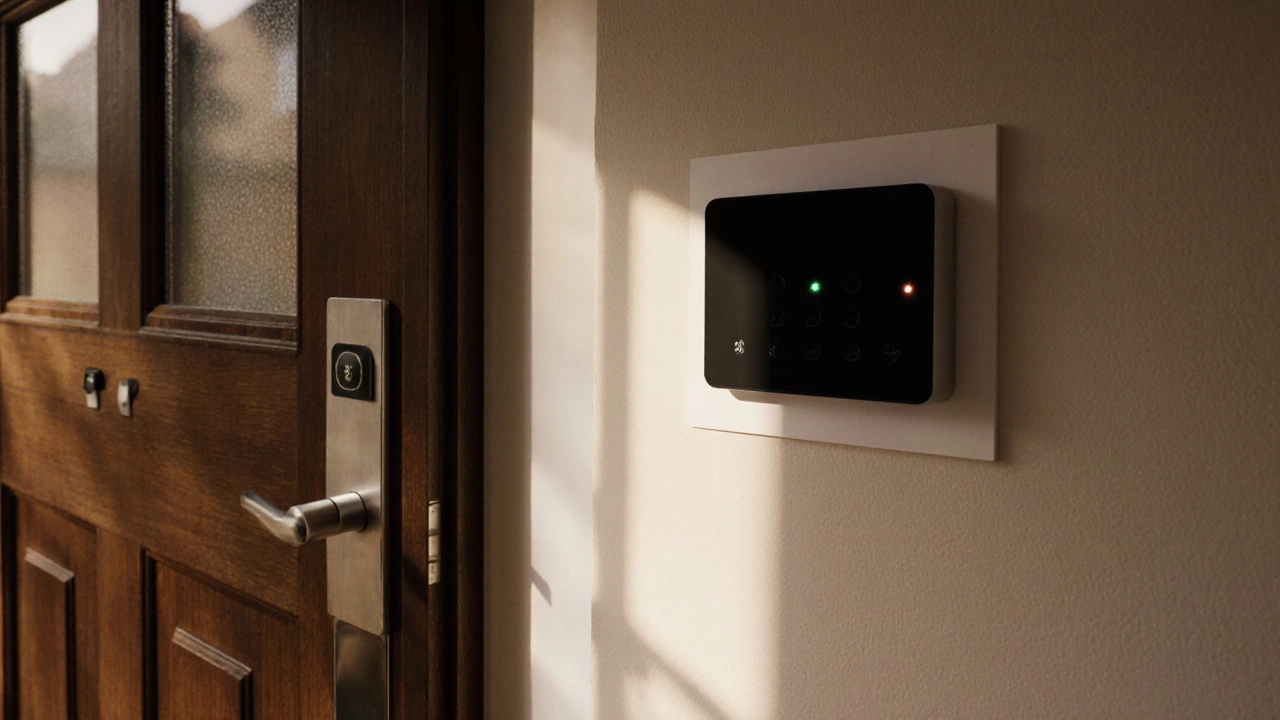When working with DIY home security, the practice of setting up and maintaining security measures in your own house without hiring professional installers. Also known as do‑it‑yourself home security, it lets anyone boost safety on a budget. A solid DIY setup usually starts with security cameras, video devices that watch your property and send footage to a phone or cloud storage. Adding video doorbells, smart doorbell units that record visitors and let you talk through your phone gives you eyes on the front door without a full‑time guard. Good outdoor lighting, bright, motion‑triggered lights that deter intruders and improve camera visibility rounds out the basics, while a wireless security system, battery‑or‑plugged sensors that talk to a hub over Wi‑Fi or radio ties everything together. Together, these pieces form the core of a practical DIY home security plan that most homeowners can install in a weekend.
DIY home security encompasses more than just buying gadgets – it requires a clear layout, power planning and a bit of know‑how about networking. First, map out the vulnerable spots: ground‑floor windows, side doors, the garage, and any blind corners in the garden. Then decide which device covers each spot. For instance, security cameras should be placed where they capture faces without glare, which often means mounting them a few feet above eye level and angling them slightly downward. Video doorbells sit best at the front entry, about 48‑inches high, so you can see a person's full face. Outdoor lighting works best when spaced so the light beams overlap—usually 20‑feet apart for a typical driveway. Wireless security sensors need a stable Wi‑Fi signal; if the router is far, add a range extender or choose a Z‑wave hub that doesn’t rely on Wi‑Fi. These decisions show how the central idea of DIY home security requires careful coordination of cameras, doorbells, lighting, and sensors. By linking each component, you create a safety net where one device backs up another. When the power goes out, a battery‑backed camera still records, and a solar‑powered light can keep a night‑time deterrent on. A strong Wi‑Fi password protects your video doorbell from hacking, while encrypted sensor traffic keeps your wireless system private. These relationships illustrate the semantic triples: DIY home security encompasses security cameras; DIY home security requires outdoor lighting; video doorbells influence DIY home security effectiveness. Following simple steps—plan the layout, choose the right gear, secure the network, and test each part—turns a daunting project into a manageable weekend. Below you’ll find a hand‑picked collection of articles that dive deeper into each of these topics, from waterproof outdoor lights to the latest Wi‑Fi‑free camera options, giving you the confidence to protect your home on your own terms.

Discover how to protect your home without paying monthly fees. Learn about self‑monitored alarms, DIY camera kits, battery sensors, offline NVRs, and smart locks, plus setup tips and a quick FAQ.